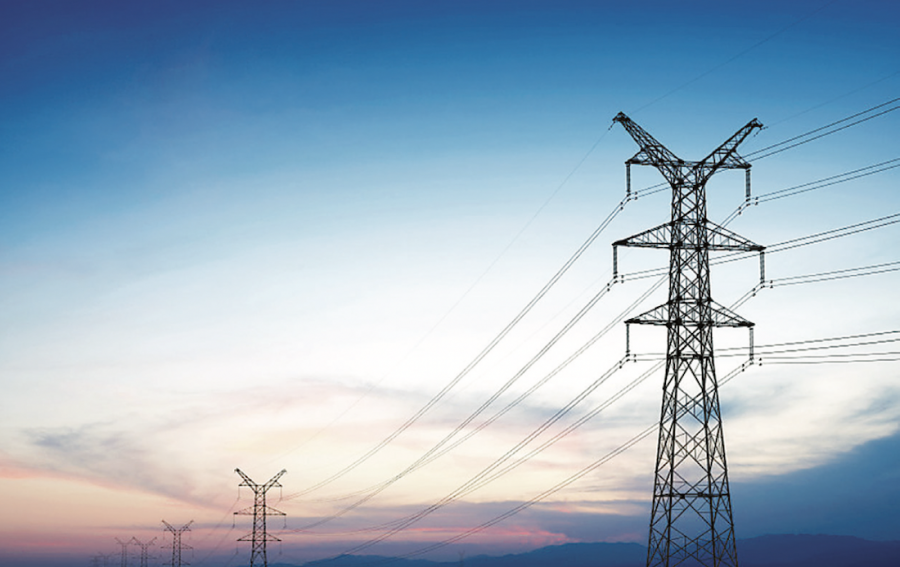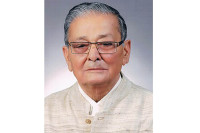National
Nepal exports electricity to India after a gap of over five months
Regular exports will depend on the rainfall, says the state-run Nepal Electricity Authority.
Post Report
The state-run Nepal Electricity Authority exported electricity to India on Friday for the first time in over five months as the domestic power production surged amid rainfall.
The utility said it had sold 100 megawatts (MW) of electricity to India for six hours in the evening. But the exports were discontinued on Saturday.
“We can again sell power to India if the rainfall continues,” said Suresh Bhattarai, NEA’s spokesperson.
Since November 2021, Nepal has been selling electricity to India’s power exchange market during the wet season. The wet season lasts from June to November, when the hydropower projects produce electricity up to their installed capacity.
The country also has to import power during the dry season (December-May) when the domestic power production drops due to reduction in water levels in the rivers.
Since most of Nepal’s hydropower projects are built on the run of the river model, their generation capacity depends on the water levels in the river. During the dry season, the run of the river hydro projects produce less than half their installed capacity.
But during the wet season, the NEA witnesses power spillages and needs export markets to expend its surplus energy.
Nepal expects to generate enough power for domestic consumption by the winter by 2026, according to NEA.
Bhattarai said the NEA had also stopped importing power from India from Friday. Possible future imports from India would depend on the rainfall, he added.
Nepal expects to export more power during the current year’s wet season as the installed power capacity of the country has grown substantially, while the domestic demand has not grown on par with the rise in production capacity.
According to the NEA, the country’s power generation capacity has already reached 2,650 MW, while the projected peak domestic demand for power in the current fiscal year is 2,036 MW.
By the end of the current fiscal year in mid-July, the country’s power generation capacity is expected to rise to 2,853 MW. By mid-July 2024, Nepal’s electricity generation capacity is expected to rise further, to 4,507 MW and to 5,251 MW by mid-July 2025.
Nepal’s domestic demand for power is expected to grow to 2,280 MW in mid-July 2024 and 2,568 MW in mid-July 2025, according to the state-owned utility.
As matters stand, Nepal is in urgent need to boost its export, particularly to India and possibly, to Bangladesh as well. For now, India has allowed Nepal to sell up to 452.6 MW from 10 hydropower projects, which won’t be enough to ensure a market for all the surplus energy to be produced in the country during this year’s wet season.
“We have sought approval for power to be exported from an additional 15 or 16 hydropower projects, whose combined capacity is more than 800 MW,” said Bhattarai.
Nepal and India had agreed to increase the volume of power that can be transmitted via the 400kV Dhalkebar-Muzaffarpur transmission line to 800 MW from the current 600 MW during the meeting of the 10th Joint Secretary-level Joint Working Group and the Secretary-level Joint Steering Committee held in Jaipur, India, in February.
Electricity has emerged as one of the biggest export items of the country from last year. According to the NEA, it exported power worth over Rs11 billion in the last wet season.




 19.12°C Kathmandu
19.12°C Kathmandu













